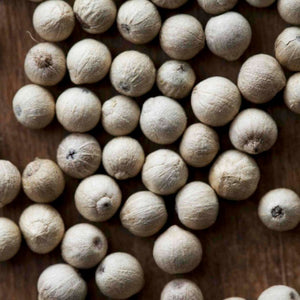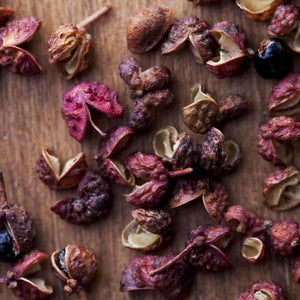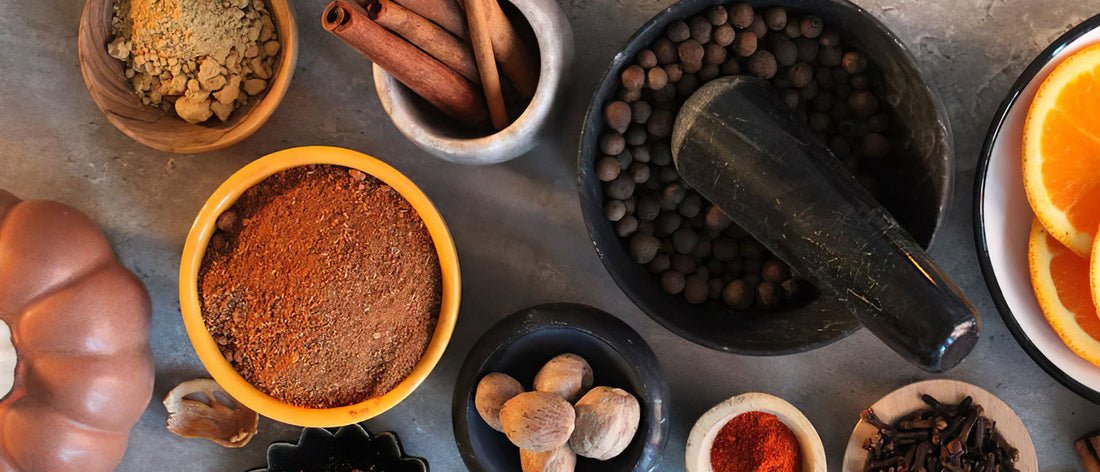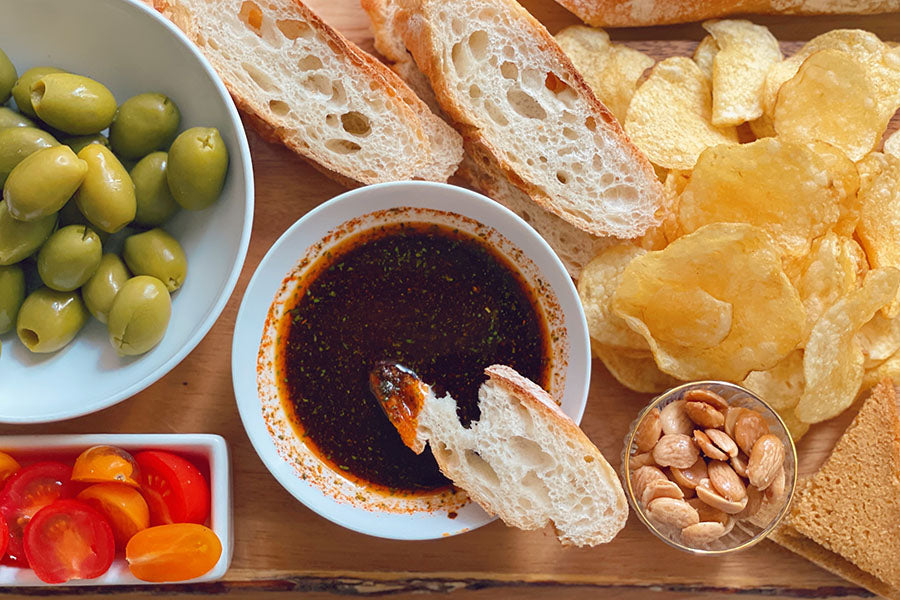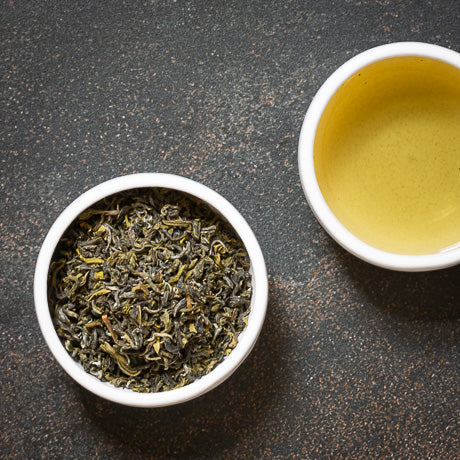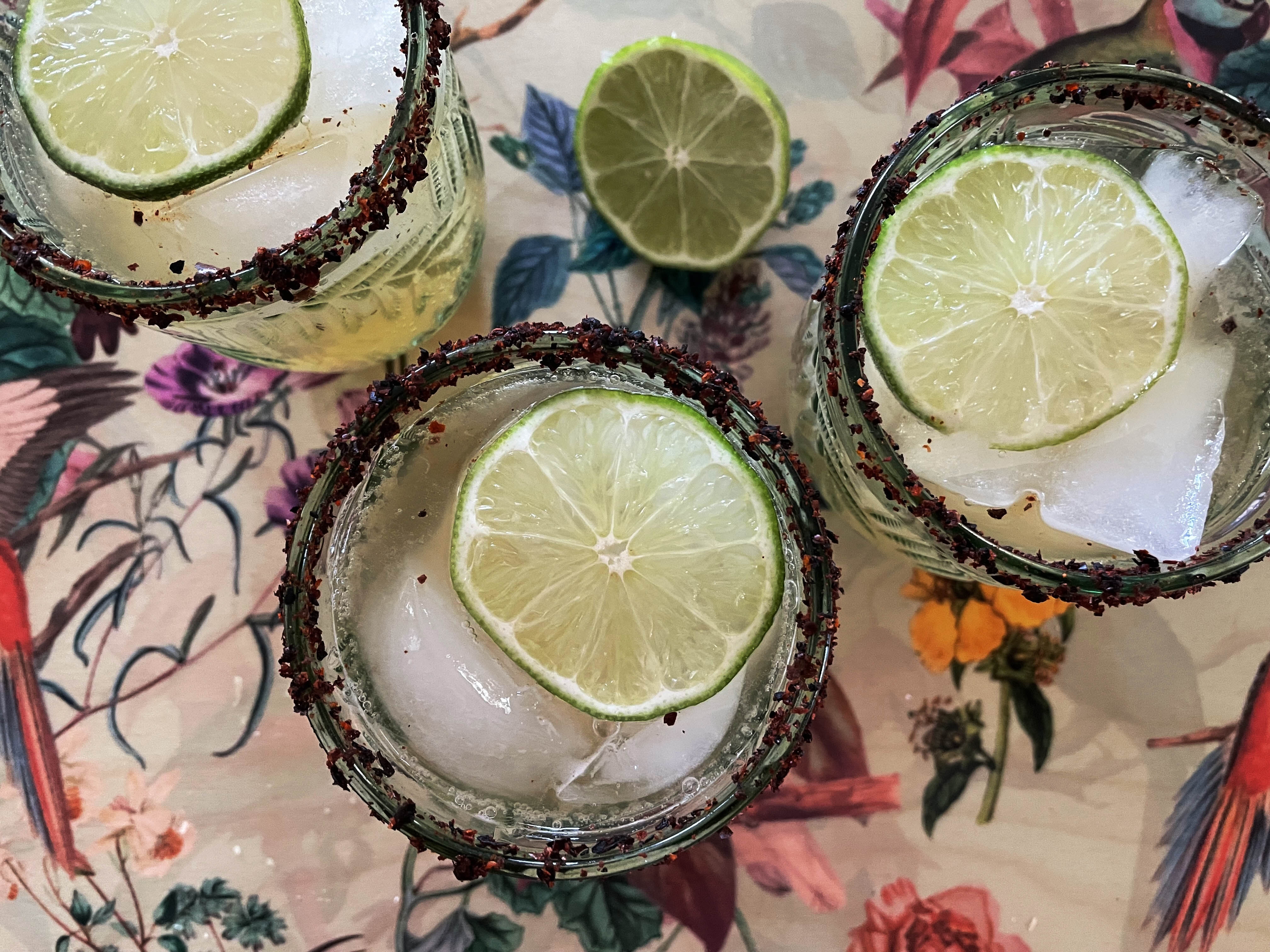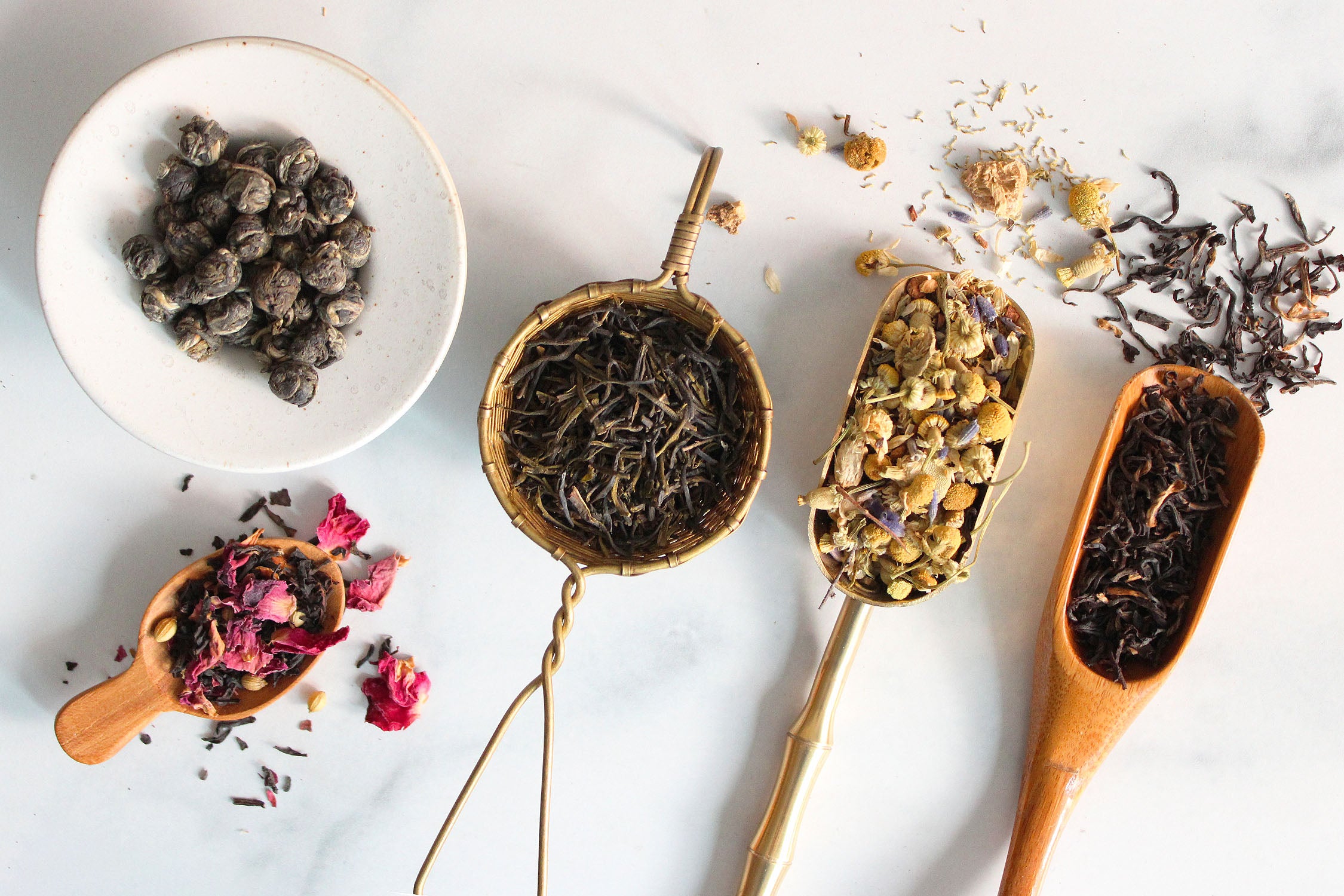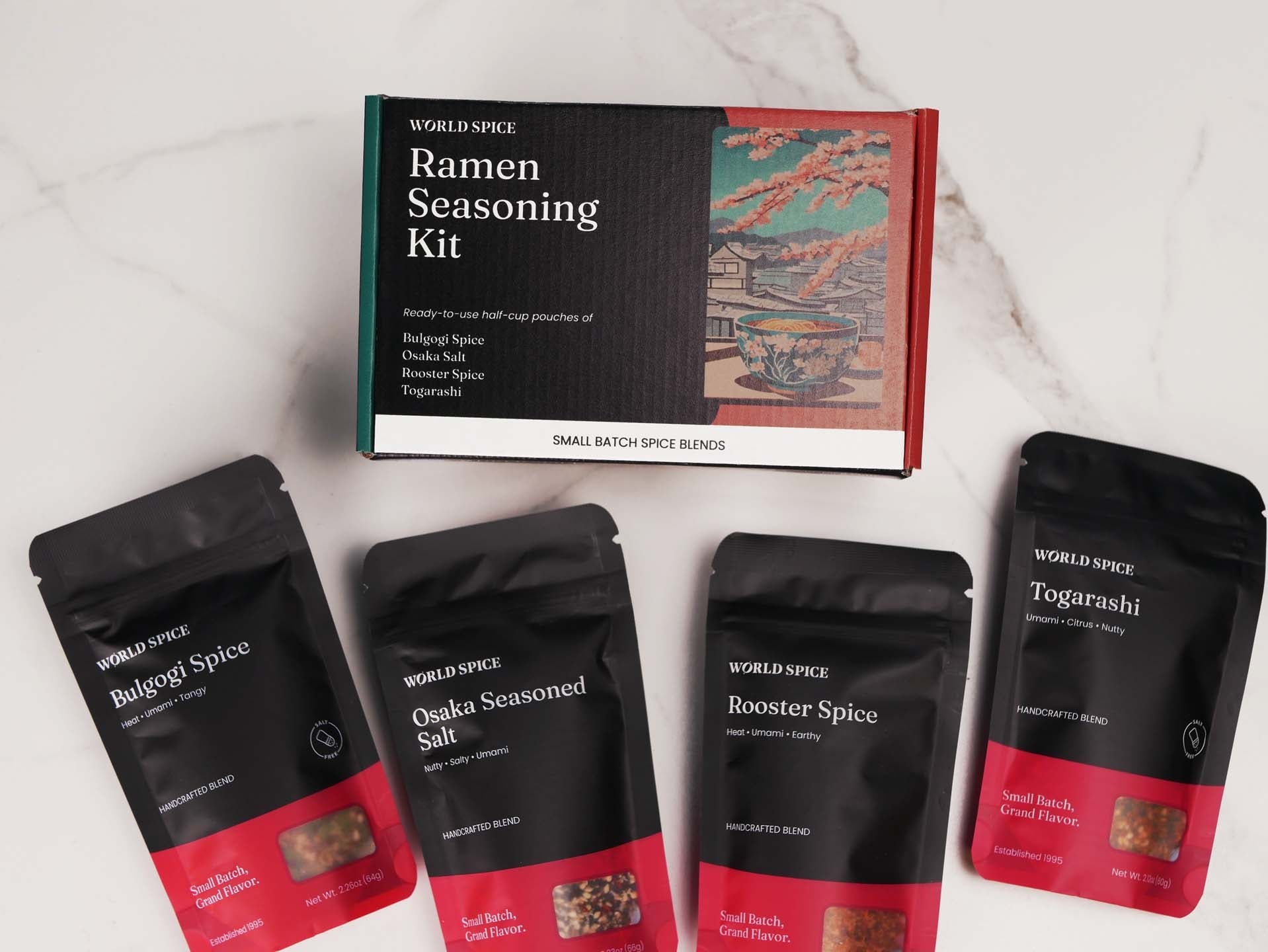From the Author: "Kung Pao Chicken is one of those takeout dishes that is usually covered by a landslide of sickeningly sweet brown sauce. It would not be recognized by anyone arriving in the United States from China. Kung Pao Chicken is in fact a dry stir-fry dish. The spicy sauce should only lightly coat the chicken pieces, giving them enough flavor to delight the palate and provide subtle contrast to the crunchy peanuts."
Kung Pao Chicken
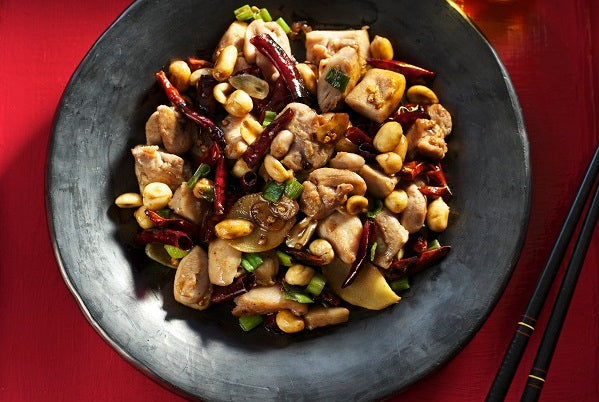
Many Americans would be surprised to learn that their favorite Chinese dishes are either not Chinese at all, or greatly altered from the original. One of our favorite Chinese cookbooks, Phoenix Claws and Jade Trees by Kian Lam Kho, helps cut through the confusion with dozens of authentic recipes of Chinese classics such as this traditional version of Kung Pao Chicken. It may not be the Kung Pao Chicken you are used to, but it will quickly become a new favorite.
From the Author: "Kung Pao Chicken is one of those takeout dishes that is usually covered by a landslide of sickeningly sweet brown sauce. It would not be recognized by anyone arriving in the United States from China. Kung Pao Chicken is in fact a dry stir-fry dish. The spicy sauce should only lightly coat the chicken pieces, giving them enough flavor to delight the palate and provide subtle contrast to the crunchy peanuts."
From the Author: "Kung Pao Chicken is one of those takeout dishes that is usually covered by a landslide of sickeningly sweet brown sauce. It would not be recognized by anyone arriving in the United States from China. Kung Pao Chicken is in fact a dry stir-fry dish. The spicy sauce should only lightly coat the chicken pieces, giving them enough flavor to delight the palate and provide subtle contrast to the crunchy peanuts."


